


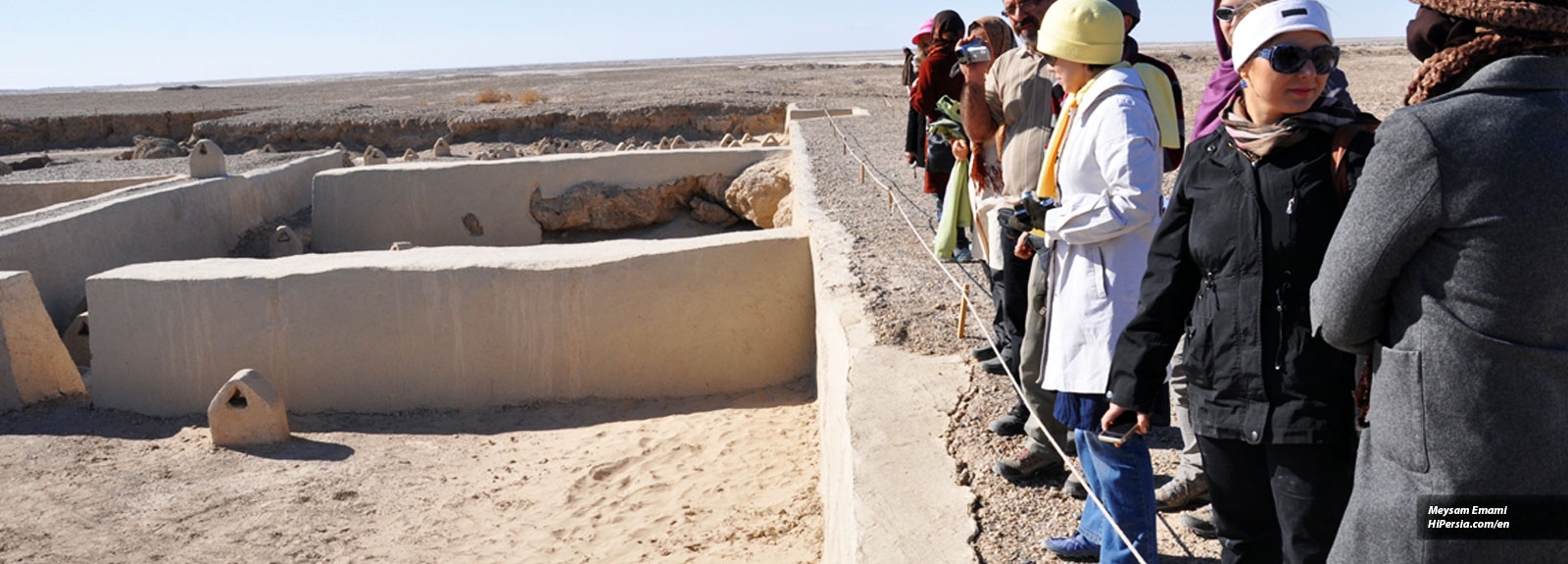
Shahr-e Sukhteh is the remains of the mud-brick houses of a burnt city and is located at the junction of Bronze age trade routes crossing the Iranian plateau.
Shahr-e Sukhteh (meaning: The Burnt City), also spelled as Shahr-e Sukhteh and Shahr-I Shokhta, is an archaeological site of a sizable Bronze Age urban settlement, associated with the Jiroft culture. Shahr-e Sukhteh represents the advent of the first complex societies in Sistan and Baluchistan province, the southeastern part of Iran. It belongs to 3200 BC, and it was populated during four main periods up to 1800 BC when several developed distinct areas were within the city. In July 2014 it was placed on the World Heritage List of UNESCO.
It shows that they’d built monuments, and had separated houses, burial places, and construction or manufacture. In the early second millennium due to the deviance of water routes and changes of the climate, the inhabitants abundant the city.
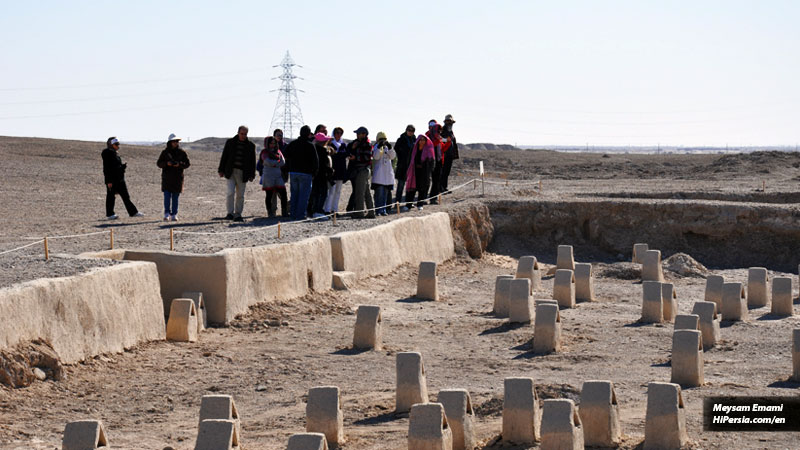
There are houses, burial mounds, and a large amount of unearthed remarkable ancient relics. Fortunately, due to the desert atmospheric condition of the region, the Shire has preserved well and this site has provided a precious source of information regarding the immersion of complex societies and the communication between them in the third millennium BC.
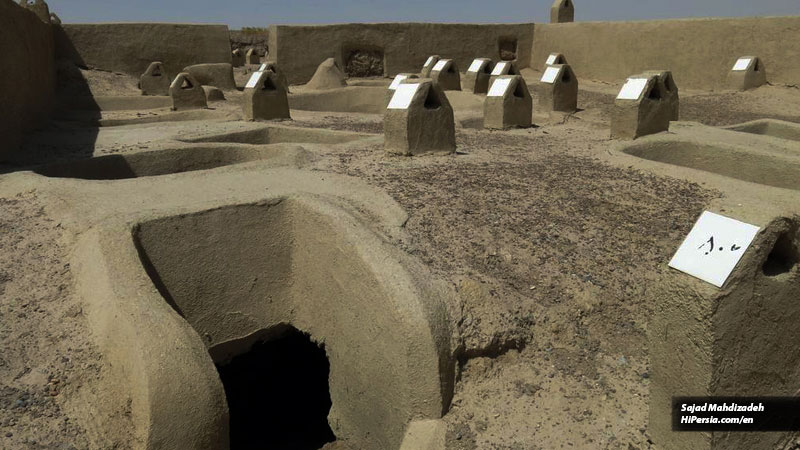
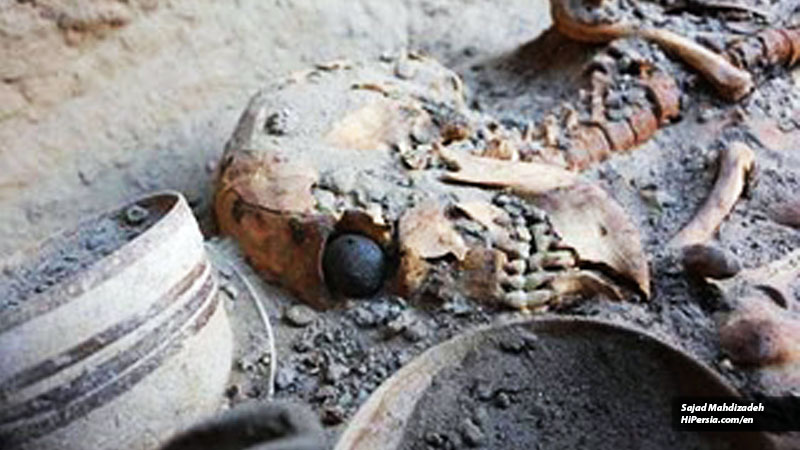
The oldest known backgammon, dice and caraway seeds, together with numerous metallurgical finds (e.g. slag and crucible pieces), are among the finds which have been unearthed by archaeological excavations from Shahr-e Sukhteh.
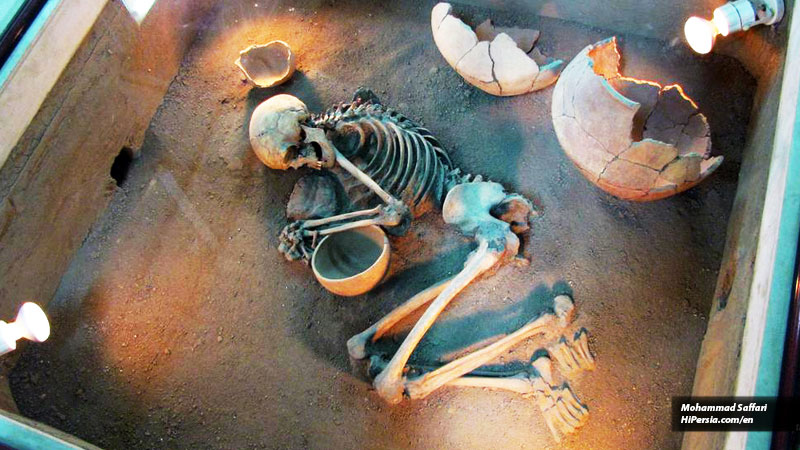
Other objects found at the Shahr-e Sukhteh include a human skull which indicates the practice of brain surgery and an earthen goblet depicting what archaeologists consider to be the first animation.
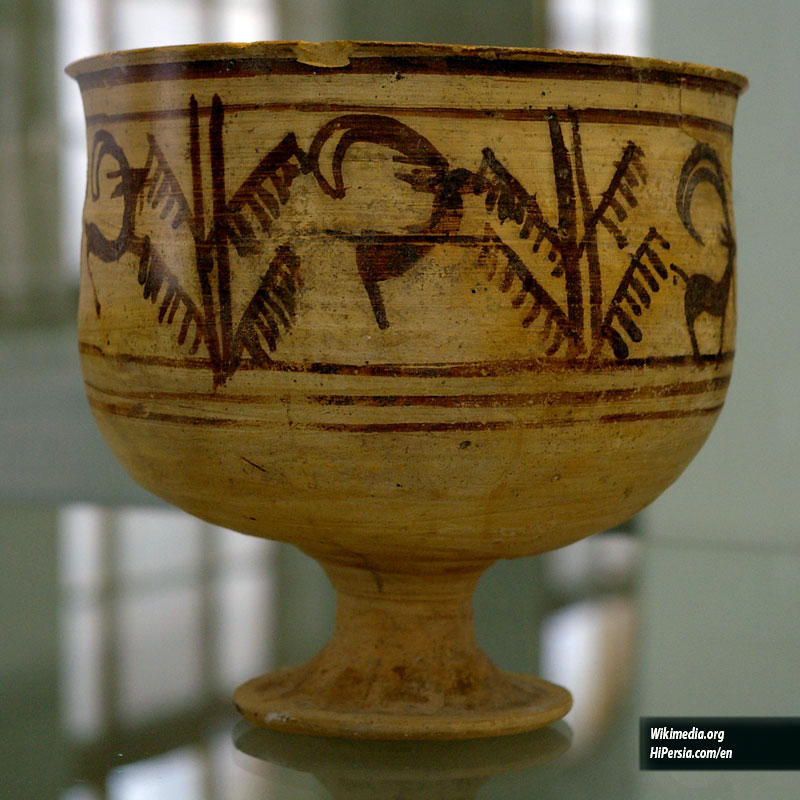

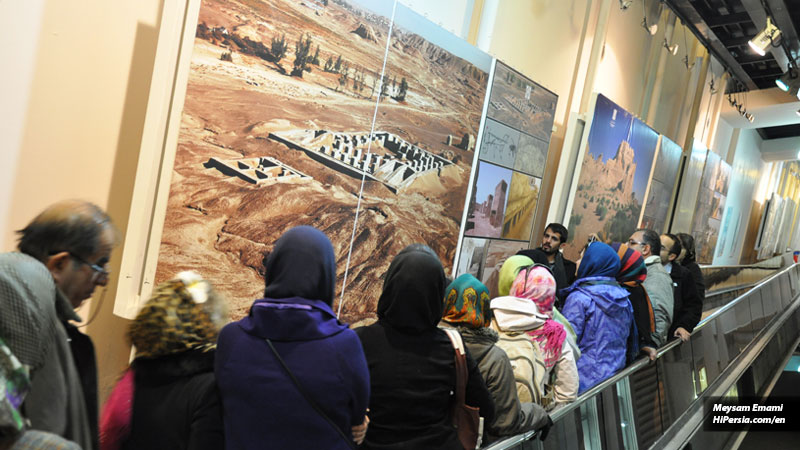

Shahr-e Sukhteh is located in Sistan and Baluchistan Province, the southeastern part of Iran, on the bank of the Helmand River, near the Zahedan-Zabol road. You have various ways to reach Zahedan, airplanes, trains, and buses. When you reach Zahedan City you can take a private taxi to see Shahr-e Sukhteh. But anyway, we advise you to ask for a tour guide for this travel.






“Oh! Squander not this breath that Heaven hath lent thee, Nor make too sure another breath to borrow!’” Khayam